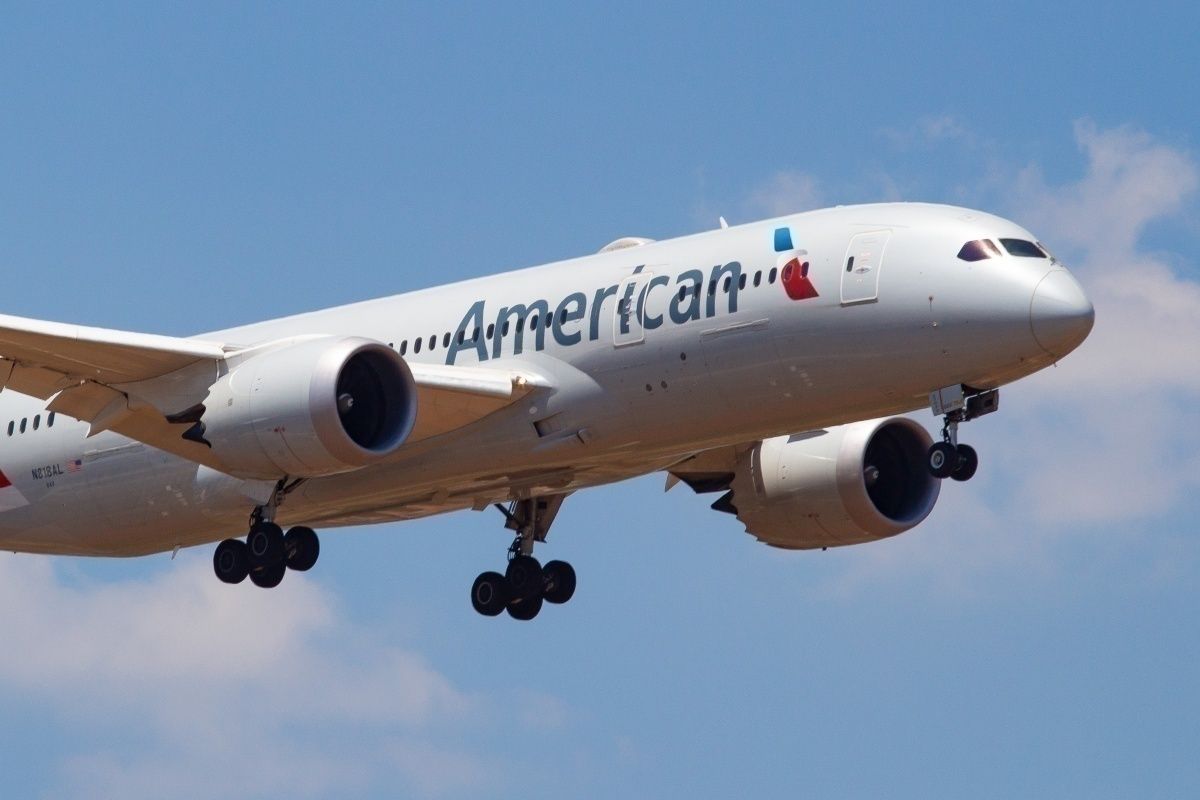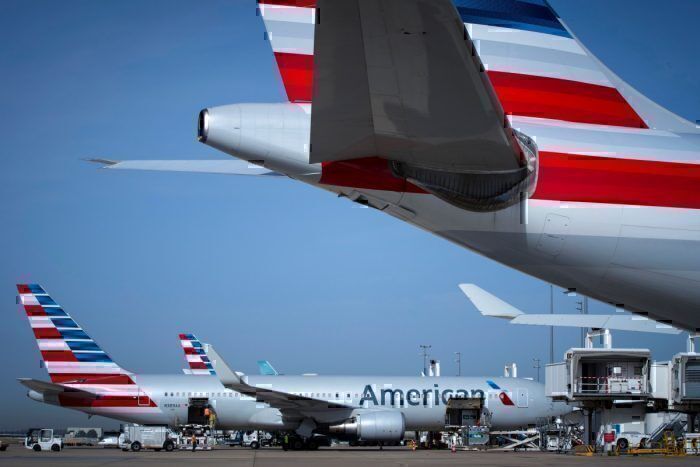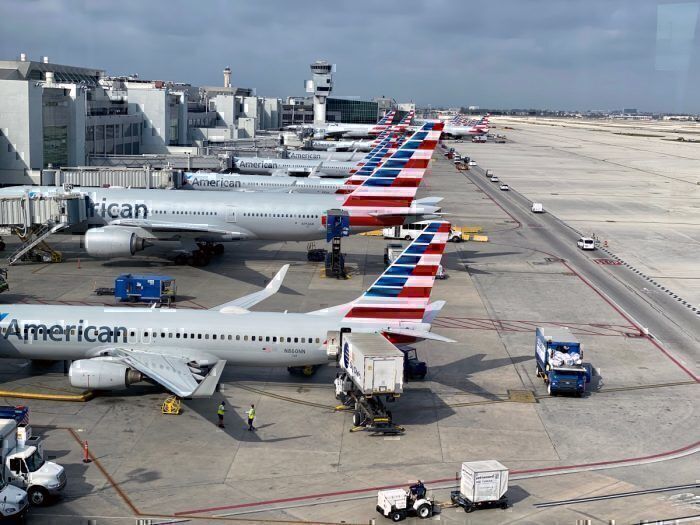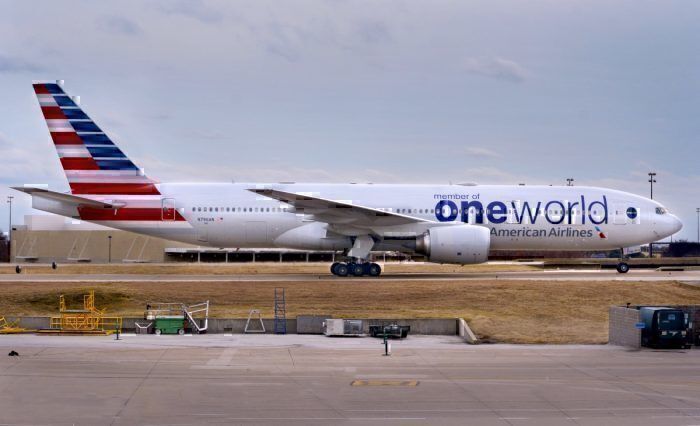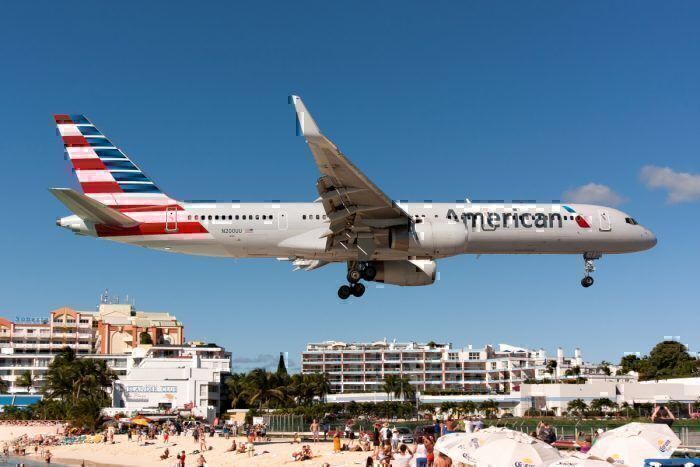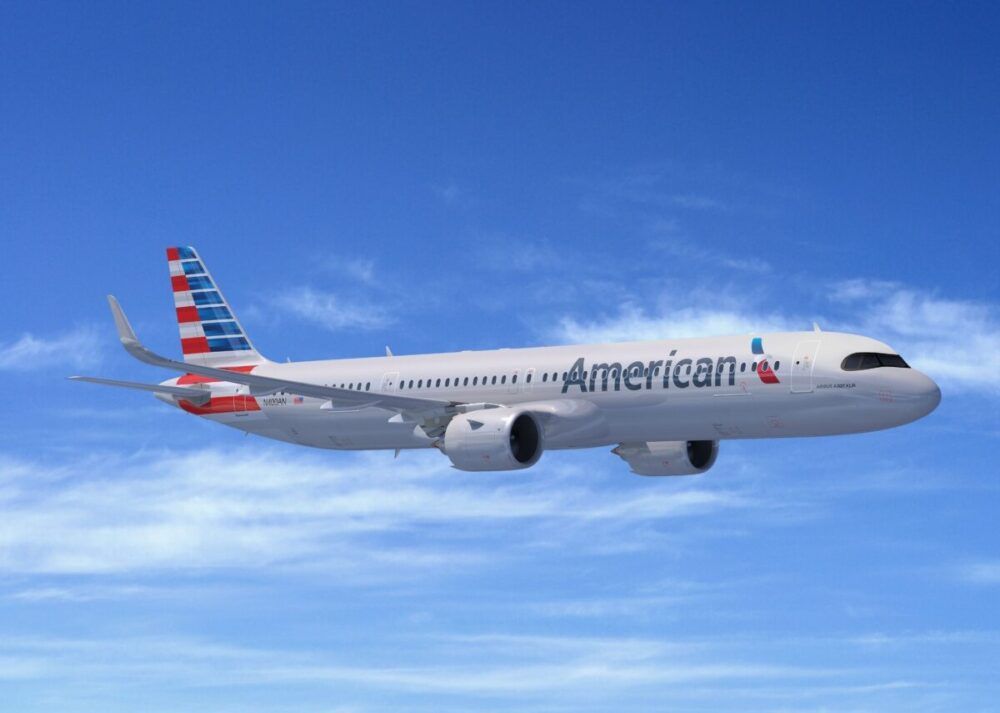In an exclusive interview with Brian Znotins, Vice President of Network and Schedule Planning at American Airlines, Simple Flying learned of the airline's plan for the future. As of now, the airline expects recovery to take about three years, in returning to 2019 international long-haul levels. In the meantime, here's what the airline's route planning will look like.
Three to five years to return to 2019 levels
Three years out will push American to about 2023 when the airline is able to return to 2019 levels. However, by then, do not expect a significant international resumption all of a sudden. Domestically, however, American is expecting a much quicker return. Already, this summer, American has announced a considerable expansion of its flight schedules and the return of several key international long-haul services.
Essentially, Brian Znotins says that the current crisis has rewound time in terms of air travel growth and demand. About three years have been forecasted to be lost, pushing out the launch of new and exciting routes. This is one reason why American has streamlined its fleet– as it just doesn't need all those planes right now.
Most airlines are expecting the recovery to fall within these three to five years. Larger, more international airlines, like Emirates, are also anticipating schedules to return to 2019 levels by the mid-2020s.
Niche routes will be pushed out
Last year, the airline announced a plethora of new, niche routes. This includes Dallas to Auckland, Philadelphia to Casablanca, and Chicago to Krakow, among others. Much of this flying, however, will not come back anytime soon. These kinds of niche routes depend on several factors. For one, American has to rebuild its major hub schedules to support these flights. While that will be much faster, it will still take some time for the airline to get up and running there.
Long-haul routes can turn into a very expensive boondoggle. For an airline that is focused on preserving liquidity and reducing costs, this means going back to basics and building up the most profitable and efficient route network. In addition, some long-haul flights take time to build up demand and turn profitable. At the start, airlines may have to offer lower fares and may not have any corporate or cargo contracts to drive a route to profitability rght from the start.
One way that airlines can counter that is by offering a robust domestic network. Historically, American has leveraged its hubs (and partner hubs) to support new long-haul routes. Until those hubs are built up, it would not be feasible to fly to secondary destinations. Even routes that would seem to have strong origin-demand traffic, like Chicago to Krakow, cannot necessarily sustain multiple flights per week, and it is not efficient for American to only fly a few times per week. Connections are what allow the airline to operate that route efficiently since Chicago is a major hub.
What to expect in the next two to three years
American is not letting go of all its international route resumptions until 2023. In the meantime, the focus is on reinstating flights that were previously cut to more significant points. This will include flights to partner hubs like London and Madrid and major international destinations in China, continental Europe, and Latin America.
Already, American is working with its alliance partners to rebuild its international long-haul schedule. For example, the airline is working closely with transatlantic partner British Airways to space out flights to hub airports– such as between Chicago and Heathrow– and offer the most effective connections on both ends while also building up specific origin and demand between the two cities. Nevertheless, connections do support much of that flying.
Another place where this appears is on flights between Dallas and Tokyo-Narita. Japan Airlines previously flew this route with a very comfortable 787 Dreamliner. However, with JAL's reduced schedule, American is stepping in on that flight. JAL passengers will be re-accommodated to American's flights. And on both ends, there are plenty of connection opportunities.
How the fleet plans work out
American, this year, announced the retirement of the Airbus A330-300, as well as Boeing 757-200s, 767-300ERs, and Embraer E190s. The 757s and 767s were primarily set to operate niche routes, such as from Philadelphia to Casablanca. That particular route was set to fly with a 757. However, here's what Brian Znotins said on that route:
"Casablanca was a 757 route and that one with the 757 wouldn’t be viable because of reduced demand. We really gauge our fleet to demand. Yes, there are a number of routes we could no longer fly as a result of not having the 757s or 767s; but because of what it is now, we don’t want to fly those routes anymore."
2023 is also a special year for American's fleet. From then on, the airline will be taking Airbus A321XLR aircraft. This is the latest advancement in Airbus' A321neo line and will be able to fly further and more efficiently than the Boeing 757. On that note, this aircraft will enable the launch of some previously announced routes, such as the aforementioned Philadelphia-Casablanca service.
Relying on partner airlines
In the meantime, American will rely on partner airlines. Royal Air Maroc, now a oneworld member, flies to several points in the United States– including an American Airlines fortress hub in Miami. While this does overall reduce some passenger flexibility in choosing connections, there is not enough demand currently for American to sustain flights in addition to Royal Air Maroc's operations. Plus, Royal Air Maroc is flying the larger 787s between Casablanca and the United States.
Other continental European destinations, like Krakow, will continue to be served through partners British Airways and Iberia. While this adds a connection, it still is better than no service at all. In South America, American lost its partner, LATAM, and instead works with GOL, based in Brazil. However, according to American, its hub network is strong enough to sustain routes to major destinations like Santiago and Buenos Aires.
Are there some international routes that you want American to reinstate in the short-term? Do you think the industry will rebound sooner or later? Let us know in the comments!

